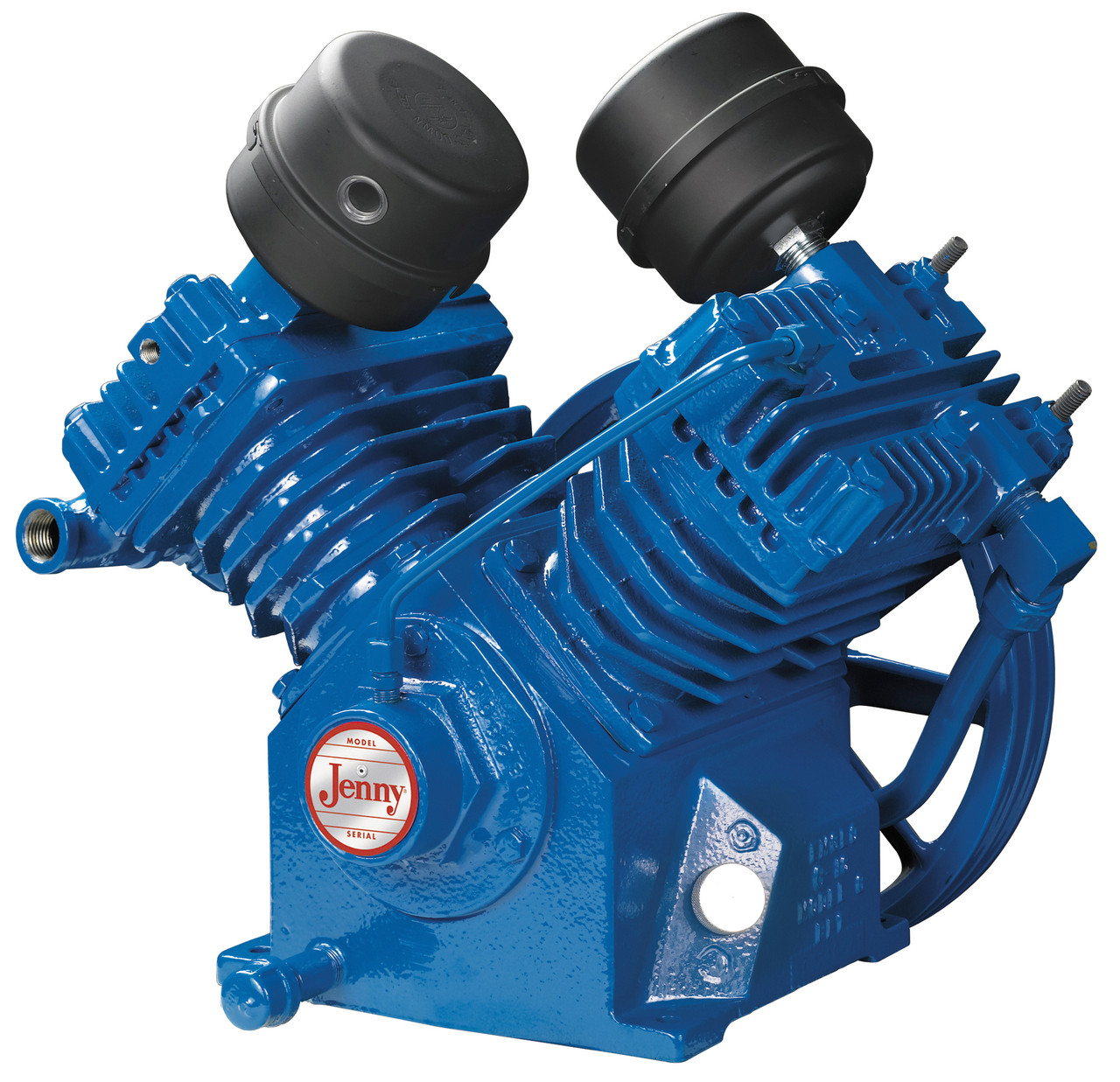

NAPA sells a variety of compressors, from small, portable units to industrial-duty compressors suited for use in high-demand facilities like body shops. Others are oil-free, reducing maintenance needs. Maintenance: Heavier-duty compressors typically require oil to lubricate internal components. Once you’ve determined a tank size you need, you can decide which tank type is right for you. Upright tanks take up the smallest amount of floor space, while horizontal tanks are easier to move and fit neatly under a workbench. Tank type: Tanks come in a variety of shapes and sizes. If you don’t need to move your compressor, you can have a larger tank without concern for portability. Stationary units: Larger compressors – like one that supplies compressed air for permanent lines in a garage or shop – are often stationary.

For either gas or electric compressors, heavier units should have wheels and a handle to make them easier to move. Portable units: Gasoline-powered air compressors offer the highest level of portability, but they’re also heavier and typically more expensive than electric units with similar specifications. That will allow the compressor to refill the tank more quickly. If you require a smaller tank for portability but have heavy air volume demands, your compressor should be capable of a high SCFM figure. Of course, a larger tank also hampers portability. Tank volume: A greater tank volume will also allow heavier use by allowing the air line draw on a reservoir of compressed air. Add 40-50% so you know you have some cushion between your air supply and the tools demand. Check the air volume requirements of your tools, adding for multiple tools used at the same time. Volume is particularly important for compressors running several tools at once, or when using a tool such as a dual-action sander constantly over long periods of time. We like the water hose analogy to explain volume since water and air can be used interchangeably: if a garden hose and a fire hose have equal pressure, the fire hose is capable of greater volume – a higher SCFM figure – than the garden hose. But when you need higher performance from your tools, the ability to crank up pressure to 150 PSI is certainly convenient.Īir volume: Air volume is expressed in standard cubic feet per minute (SCFM) at a given pressure. Most tools won’t require more than 100 PSI. Maximum pressure: Given in pounds per square inch (PSI), the maximum pressure rating expresses the greatest pressure a compressor can achieve. These are ideal for light uses like inflating a tire but are not compatible with air tools.

Small, 12-volt DC electric compressors that plug into a vehicle’s 12-volt power outlet are also available. For electric compressors, you can choose between standard 120-volt motors or heavier-duty, 240-volt units. The electric or gasoline motor on a compressor is typically rated in horsepower. Power: Compressors can be powered by electricity or, for greater portability, by gasoline. This air compressor buyer’s guide will help you make the right choice to fit your needs. Choosing the best air compressor for your needs is simple once you understand some basic attributes, determine how you plan to use it and decide which features are important to you. Whether you occasionally inflate a tire or have your garage fully piped with air, you need a compressor to do the work. An air compressor is an essential shop tool for any well-prepared do-it-yourselfer.


 0 kommentar(er)
0 kommentar(er)
